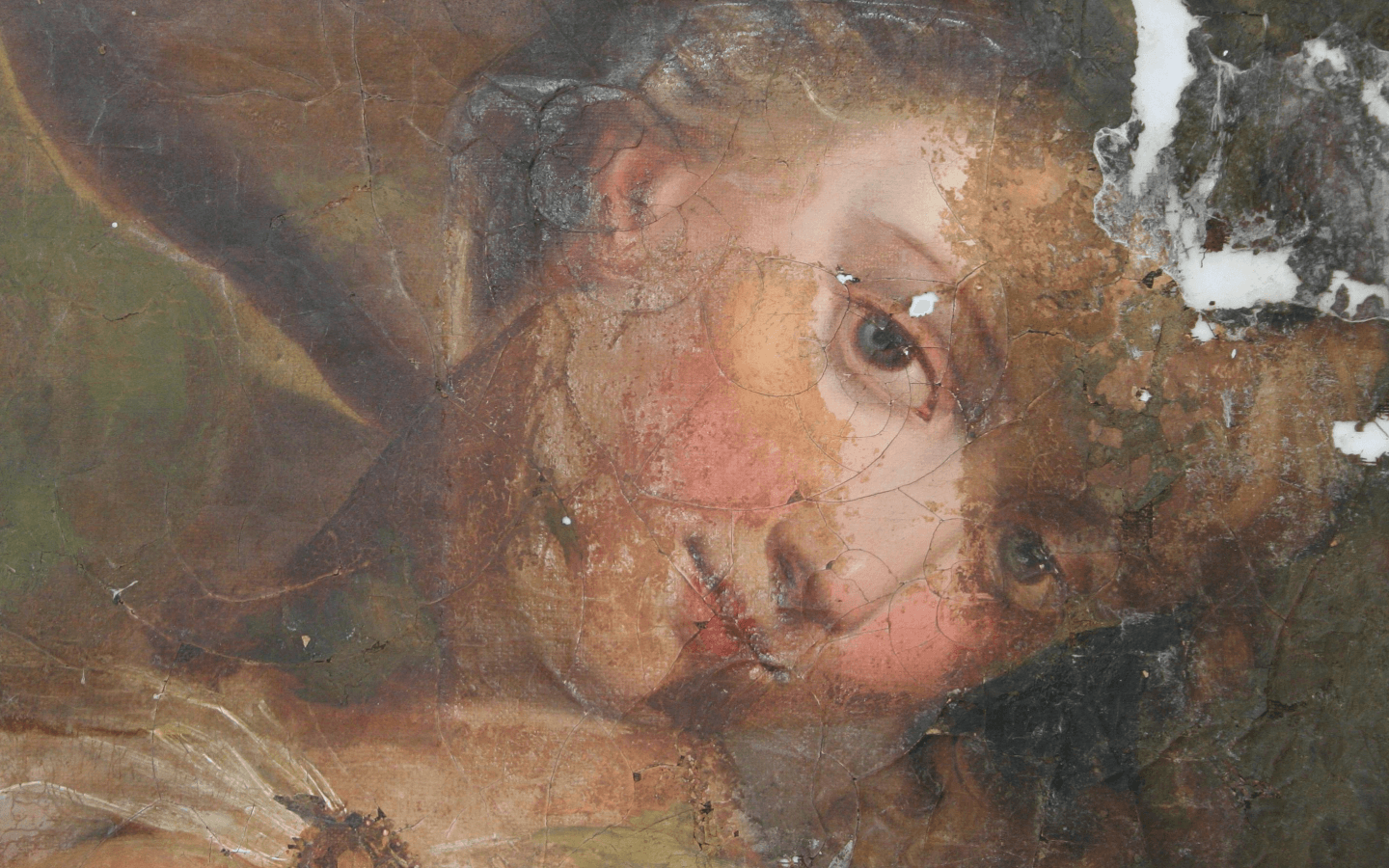The area of this survey lies to the south of the urban island, outside the registered heritage unit. Unfortunately, the excavation of pits for the construction of houses, infrastructure and courtyards has destroyed remains dating from the Roman period. Fragments of building material and ceramics were visible on the freshly excavated surface.


Today's Kostanjevica area and the town island hold great archaeological potential. Data on pre-medieval settlement is scarce, with only a few random sites with archaeological finds known. Kostanjevica na Krki was founded by the Spanheim lords no later than the beginning of the 13th century. The oldest novices from Kostanjevica date back to 1215, with the inscription civitatis Landestro. The settlement is first mentioned in written sources in the middle of the 13th century, in 1249 as a market square, and in 1252 as a town. It began to lose its economic importance after the foundation of Novo mesto in 1365. The oldest traces of Palaeolithic settlement have been excavated in the area of the Cistercian monastery. In the courtyard south-west of the island, a massive bronze bracelet with incised decoration from the earlier Iron Age was found. The only systematic archaeological investigations were carried out in the 1980s, in the north-eastern part of the island, near the Romanesque church of St James, later rebuilt in the Baroque style. A pottery kiln and fragments of ceramic and metal artefacts dating from the Middle and Modern Ages were discovered. When the parish barn was demolished, a Roman ashtray and fragments of a tombstone were found in a secondary location. It is assumed that the Roman settlement was located on the right bank of the river Krka. To the east of the town, the remains of Roman walls and a burial site were discovered in the Jerovce glacier. Numerous fragments of pottery from the earlier Iron Age and Roman period also originate from the site.
The area of this survey lies to the south of the urban island, outside the registered heritage unit. The excavation of pits for housing, infrastructure and courtyard development has destroyed remains dating from the Roman period. Fragments of building material and ceramics were visible on the freshly excavated surface. After a field visit to the site, the responsible conservator, Mag. Pavla Peterle Udovič issued a decision on the archaeological site. The ZVKDS CPA team first carried out a geophysical survey, followed by the excavation of machine test trenches. In four of the eight test trenches, foundations were documented, and in all of them, the so-called cultural layer with brick and ceramic fragments from the Roman period. In addition to bricks, larger fragments of tegulae and imbrexes were also identified among the building material. The foundations, built of limestone rubble of various sizes, lay shallowly, 0.25 m below the present walking surface. The longer lines of the foundations are oriented east-west, the shorter ones north-south. Given the position of the shorter foundations, we assume that they continued beyond the excavation field, where they were destroyed by the excavation for the drainage ditch. Documentation was hampered by groundwater intrusion and water springs. Immediately after the removal of the sward and partly topsoil, water began to seep out of the earth pores and flood the test trenches. Older literature mentions walls on the Jerovce glacier or in the fields near the village of Slinovce. The glacier is 750 m from the new archaeological site and the village of Slinovce is about 3 km away, but the fields extend west from Slinovce towards Kostanjevica. Whether these are the remains of a Roman villa rustica or perhaps even a smaller settlement will be determined by further research.
Mag. Katarina Udovč





